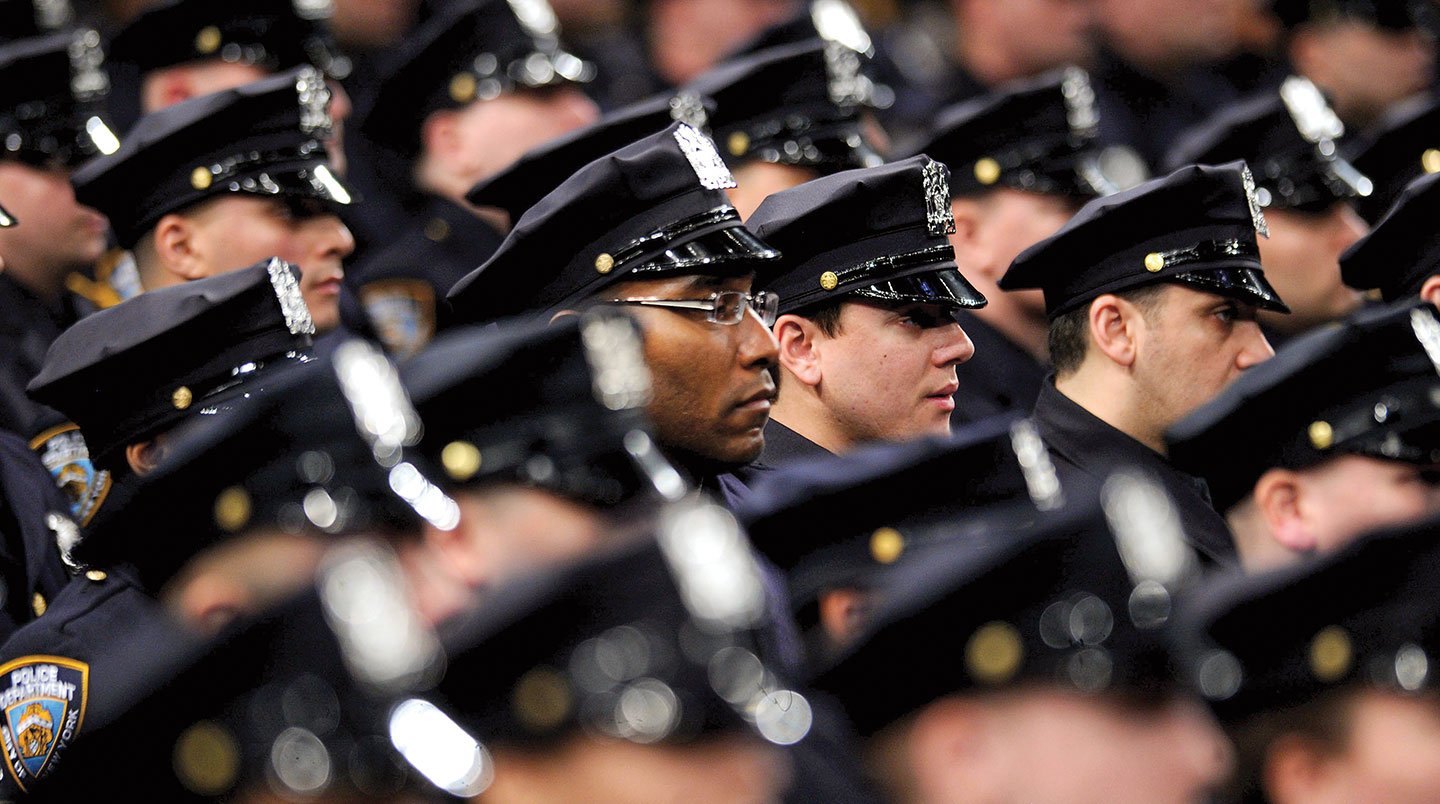This past May, Darnella Frazier, a 17-year-old high school student in Minneapolis, Minnesota, was walking to the store to buy snacks when she saw four police officers wrestle a Black man to the ground.
Similar situations had taken place before between the police and Black residents in her neighborhood, so Darnella pulled out her iPhone and started recording. But nothing could have prepared her for what she captured.
The man in custody was 46-year-old George Floyd. As he was facedown on the pavement with his arms handcuffed behind his back, one of the police officers, a white man, pressed his knee into Floyd’s neck. The officer held that position for more than eight minutes, even as Floyd pleaded that he couldn’t breathe—and even after Floyd became unresponsive. The officer removed his knee only after paramedics arrived. Floyd was pronounced dead at the hospital.
This past May, Darnella Frazier, 17, was a high school student in Minneapolis, Minnesota. Walking to the store to buy snacks one day, she saw four police officers wrestle a Black man to the ground.
Similar things had happened before between the police and Black residents in her neighborhood. So Darnella pulled out her iPhone. She started recording. But nothing could have prepared her for what she captured.
The man in custody was 46-year-old George Floyd. He was facedown on the pavement. His arms were handcuffed behind his back. One of the police officers, a white man, pressed his knee into Floyd’s neck. The officer held that position for more than eight minutes. He held it even as Floyd pleaded that he could not breathe. He held it even after Floyd became unresponsive. The officer removed his knee only after paramedics arrived. Floyd was pronounced dead at the hospital.

